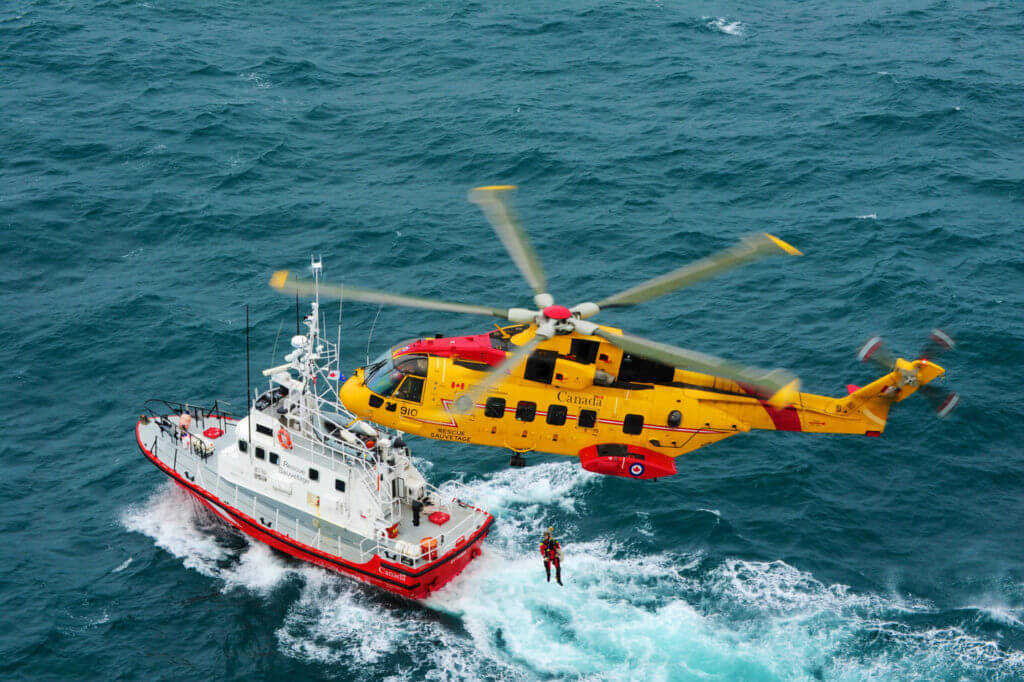
Search and Rescue Mission Service
Helicopter-based Search and Rescue (SAR) missions are a critical component of modern rescue operations, especially in environments where time is of the essence and ground access is limited. Helicopters offer flexibility, speed, and reach, enabling rescuers to quickly reach remote or inaccessible areas and rescue individuals in distress.
24×7 Guest Support no:- +91 9289445248
Email:- airpushpakaviation@gmail.com
Key Components of Helicopter-based SAR Operations:
Pre-Mission Preparation:
Assessment of Conditions: Before launching, rescue teams assess weather conditions, terrain, and the specifics of the emergency (such as the location of the victim and the resources required). This helps determine the type of helicopter needed (light, medium, or heavy) and any additional equipment or personnel.
Coordination: Effective coordination with ground teams, other air assets, and emergency services is crucial. This ensures that the helicopter’s search areas are well-defined and that communication channels are established to streamline the rescue operation.
Search Phase:
Aerial Surveillance: Helicopters are used to cover vast areas quickly. Equipped with advanced navigation tools, such as GPS and radar, they can search large, hard-to-reach locations, including mountain ranges, forests, or open water.
Thermal Imaging and Cameras: Many rescue helicopters are equipped with infrared cameras and thermal imaging devices to detect heat signatures from the ground, which helps locate people, especially at night or in poor visibility conditions.
Winching: In situations where the helicopter cannot land due to difficult terrain or hazardous conditions, a winch system may be used. A rescuer or medical team is lowered from the helicopter to retrieve the victim, or the victim is hoisted up into the aircraft for evacuation.
Rescue Phase:
Hoist and Winch Operations: The hoist or winch is one of the most essential tools in helicopter SAR missions. When the helicopter cannot safely land, rescuers use a cable to winch victims aboard. This method is especially useful for rescuing individuals from cliffs, vessels at sea, or disaster zones like collapsed buildings.
Landing Zone Operations: When it is possible to land, helicopters set up in designated safe zones (such as cleared areas or open fields) to load the injured or stranded individuals. In some cases, medical personnel on board may stabilize the victim before transport to a medical facility.
Evacuation: Once the victim is secured, the helicopter transports them to the nearest hospital or safe location. Helicopters can often cover much greater distances in less time compared to ground vehicles, making them an ideal option for emergencies where speed is critical.
Medical Assistance and Evacuation:
Air Ambulance: Helicopters are often equipped as air ambulances, with the capability to transport injured individuals while providing in-flight medical care. They are staffed with paramedics or even doctors who can stabilize patients and provide life-saving treatment during transport.
Helicopter Emergency Medical Services (HEMS): Many SAR missions involve the use of helicopters for HEMS, where medical personnel are flown to the scene of an emergency to provide care at the site before transporting the patient to a hospital. These services are especially common in remote or hard-to-reach areas, like mountain ranges or offshore oil rigs.
Helicopter SAR Techniques:
Hoisting: Hoisting is the primary technique used when a helicopter cannot land in a specific location. This involves using a winch system to lower a rescuer to the victim or to lift the victim from a precarious location. Hoisting is commonly used in maritime rescues, mountain rescues, and urban disaster zones.
Hovering: Helicopters can hover in place, allowing rescuers to assess the situation and lower or raise individuals without landing. This is especially useful in confined or dangerous areas, such as unstable buildings after an earthquake or rescue operations in water.
Short-Landing: In some cases, helicopters may land in small, confined spaces for pickup, such as the top of a mountain, on a rescue ship, or in a field during a wilderness rescue operation. This technique is used when there is a safe, flat area for landing but not enough space for larger vehicles or other rescue methods.
Night-Time SAR: Helicopter SAR operations can be conducted during the night, which is especially useful for saving time and responding to emergencies promptly. Night vision goggles and powerful searchlights help rescuers locate victims, and thermal imaging can be used to spot heat signatures in low visibility conditions.
At Air Pushpak Aviation, we take immense pride in being India’s premier provider of luxury helicopter and private charter services.
We deliver an unparalleled blend of safety, efficiency, and exclusivity, ensuring every journey is not just a trip—but a world-class experience tailored to exceed your expectations.
Quick Link
Connect Us
2025 © All Rights Air Pushpak Aviation Pvt Ltd.

